Because perfume is defined as an amalgam of aromas carefully blended to create a scent that delights anyone's senses, it has become an indispensable accessory nowadays. But do you have any idea how perfumes came about and what their true purpose is? If the answer is no, in the following we will invite you on a journey into the past to discover the history of perfume, but also which are the most used essences to create the scents that have become popular today. Let's enter together into the world of perfumes and inviting essences!
Origin of the word "perfume"
And when we say ancient times, we refer to ancient Mesopotamia and Egypt, the art of perfume making being later taken over and refined by the Romans and Persians. The oldest perfumes ever found were discovered by archaeologists in Cyprus and the relics were nearly 4,000 years old. A cuneiform tablet from Mesopotamia, over 3,000 years old, identifies a woman named Tapputi as the first perfume maker in history.
The history of perfume, from Antiquity to the present
In the following lines, we will explore the story of perfumes in different moments of history, from Antiquity to the present day. Here is the tumultuous and rich unfolding of perfume history!
Perfumes in Antiquity
Like the Egyptians, the Romans also made extensive use of perfumed ointments. The spectacular Roman baths had a room called the "unctuarium", where there were vessels filled with ointments, jars of scented oils, and essences in bottles of various sizes, which they applied after bathing. Some Romans later banned the use of perfumes because of their opulence, and when Rome fell, such luxuries were banned. In fact, since then, perfume has not been so popular in Europe for hundreds of years.
While Europe has turned its back on perfumes, other cultures have consistently enjoyed them. For example, perfumes were at the center of sacred Indian tantric rituals and used in ceremonies. The ancient Chinese also infused many of the items with perfumes, using them in their homes and places of worship. Oriental perfumes of those times focused heavily on herbs and spices, many of which were used in gastronomy or medicine.

Perfumes in the Middle Ages
The Gauls were not great lovers of perfumed products, but nevertheless, they developed important knowledge of botany and pharmaceutical care. Thus, in the Middle Ages, perfume came to be used for its medicinal properties. At that time, the monks cultivated different aromatic plants in the monastery gardens, and lavender, rosemary, or sage were used to prepare beautifully smelling essences. They were then used to cure many diseases.
Moreover, to fight against the plague pandemic, doctors and pharmacists invent various "anti-plague" preparations and aromatherapy is used. Bay and rosemary were also burned to purify the air. The Crusades were carried out between 1100 and 1290 and the development of trade with the East opened up avenues for yet unknown perfume essences. Between the 10th and 15th centuries, Venice became the epicenter of perfumery, with camphor, nutmeg, pepper, and other products passing through this trading platform.
Thus, exotic spices and flavors are reintroduced into the habits of Westerners. Along with the floral perfumes, warm and intense aromas of amber, musk, sandalwood or myrrh appear. Also thanks to the Arab influence, a new form of perfumery appears that allows distillation with alcohol. This period marks the history of perfume and is a fundamental step in the evolution of the manufacturing techniques of these beautifully smelling products.
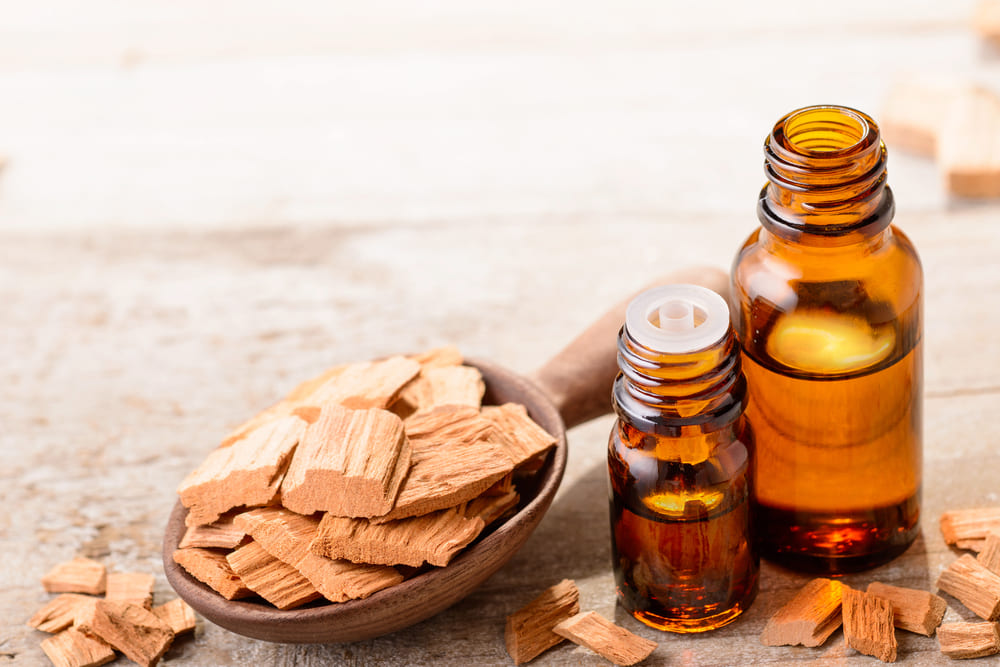
Perfumes during the Renaissance
In addition, the court of King Louis XV was called "la cour parfumée" due to the fact that perfumes were not only applied to the skin, but also to clothing and pieces of furniture, often replacing water and soap and being used in the circles of the upper social classes for fighting body odors.
The first real progress in the preparation of perfumes and in the technology of obtaining raw materials was made when alcohol was introduced as a basic ingredient in perfumes, increasing the input of essential oils in their production. The first alcoholic perfume was called "Water of Hungary" because it was created for Queen Elisabeth of Hungary in 1370. This perfume held supremacy in Europe for five centuries.

Perfumes in the modern age
The period between the 17th and 18th centuries represents a period of French flowering of perfumery because now the first authentic floral water appears - orange blossom water, Neroli Water. Also in this period, the "eau de cologne", used by Napoleon, appears. In the 18th century, at Grace, the processing of volatile oils by distilling cultivated plants begins. The south of France is now becoming the center of floral cultivation for perfumes.
1882 is the year in which the first synthetic odorant is introduced into a perfume formula. From this moment, the interest of the chemical industry in synthetic air fresheners grows, and the field of perfumes experienced an unparalleled development. Extraction with volatile solvents also appears, which makes it possible to obtain different natural raw materials that multiply the creative possibilities for perfumers.
New and abstract olfactory families appear, such as oriental ones. Perfumery thus became an industrial phenomenon throughout Europe and the 19th century marked a significant point in the history of perfume, between technical progress and popular belief. This era saw the birth of the modern perfume industry, very similar to what we know today.
In the 20th century, the term aromatherapy appears the foundations of which can be found hundreds of years ago, the Chinese being the first to use aromatic plants in order to improve their physical and mental state. The notion of essential oils has been known since ancient times, with about 33 essential oils being mentioned in the Bible alone. Nowadays, essential oil fragrances are becoming more and more popular, as manufacturers are aware of how fragrances influence the way we feel and behave.
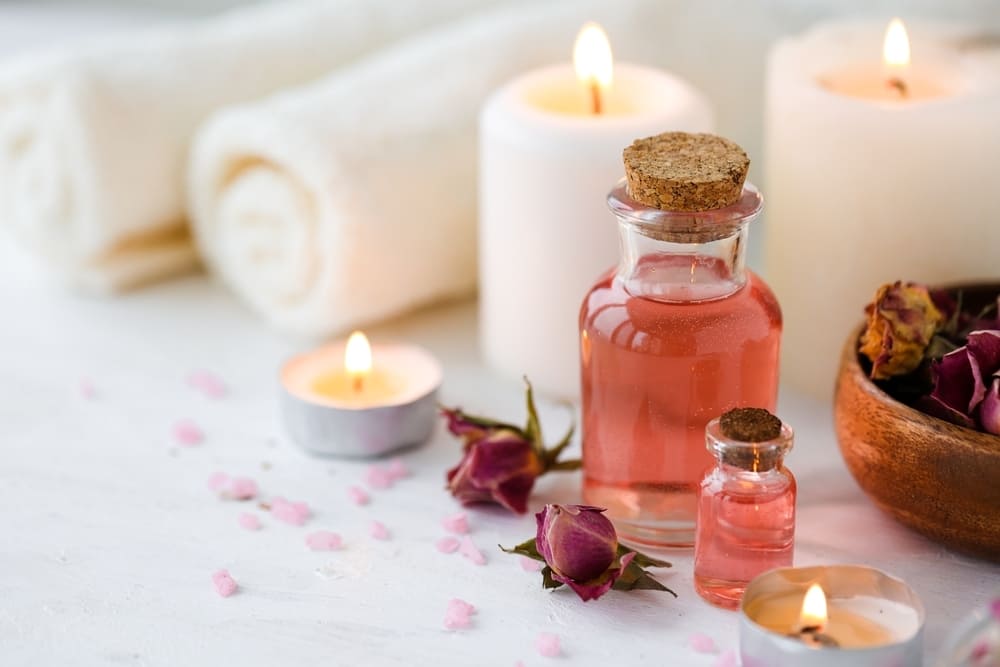
The most popular perfume essences
Whether we're talking about top notes, middle notes, or base notes, below we've compiled a list of the most popular perfume essences of all time.
1. Bergamot
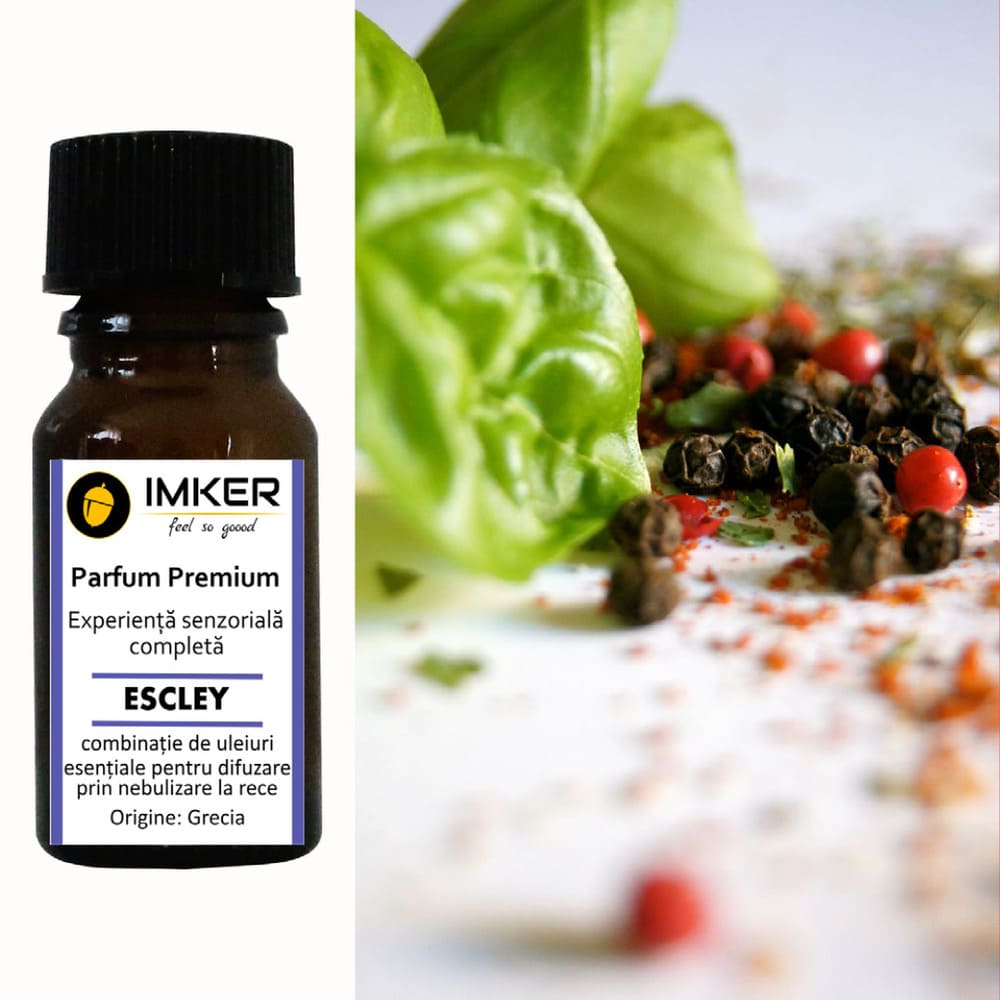
2. Lemon
Very popular for its vibrant scent, lemon essence is often used to create essential oil fragrances. The lemon originates from the Middle East and was brought to Spain and Africa during the Middle Ages. The fresh and fresh scent of lemon is often used as a top note due to its strong impression. In the range of aromatherapy oils, you will find lemon oil for perfumery and aromatherapy that increases the power of concentration and a good mood.
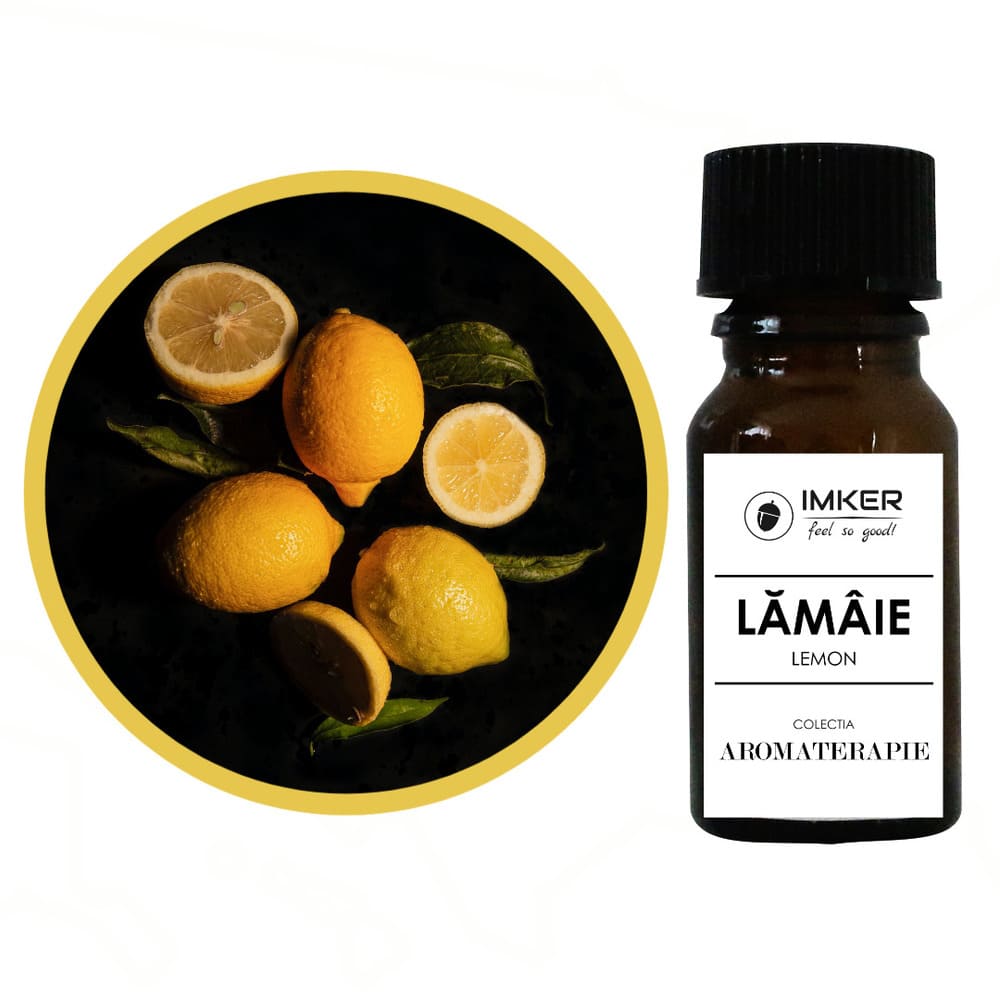
3. Tangerine
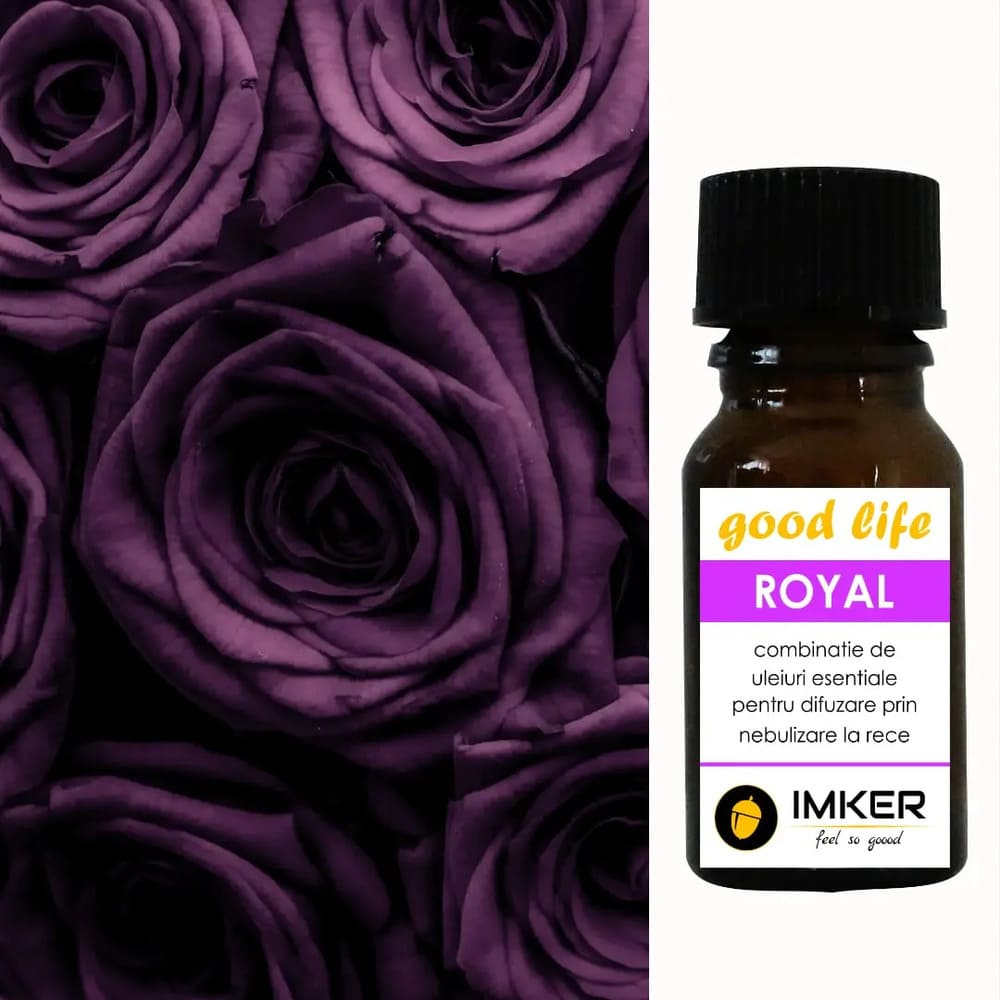
4. Rose
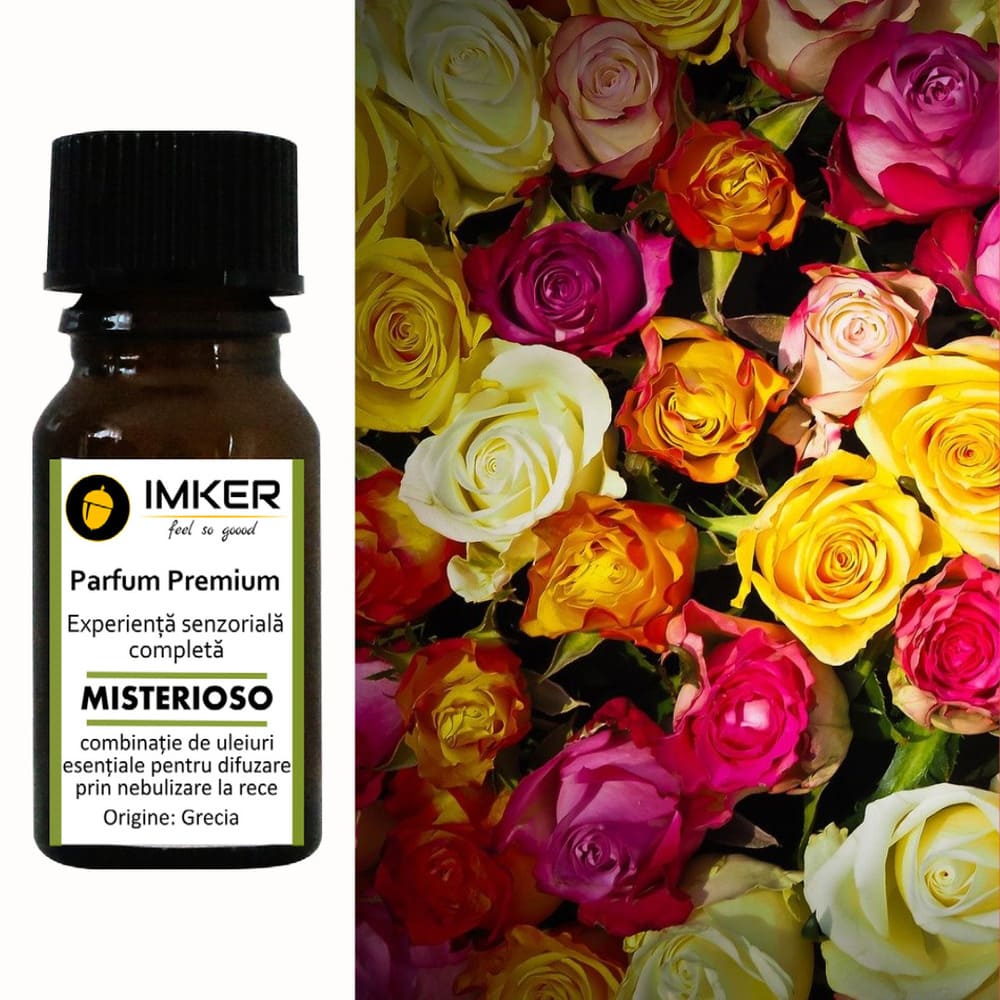
5. Jasmine
One such oil with a relaxing effect is also jasmine oil for perfumery and aromatherapy, with a pleasant smell and an aroma of well-being and comfort.
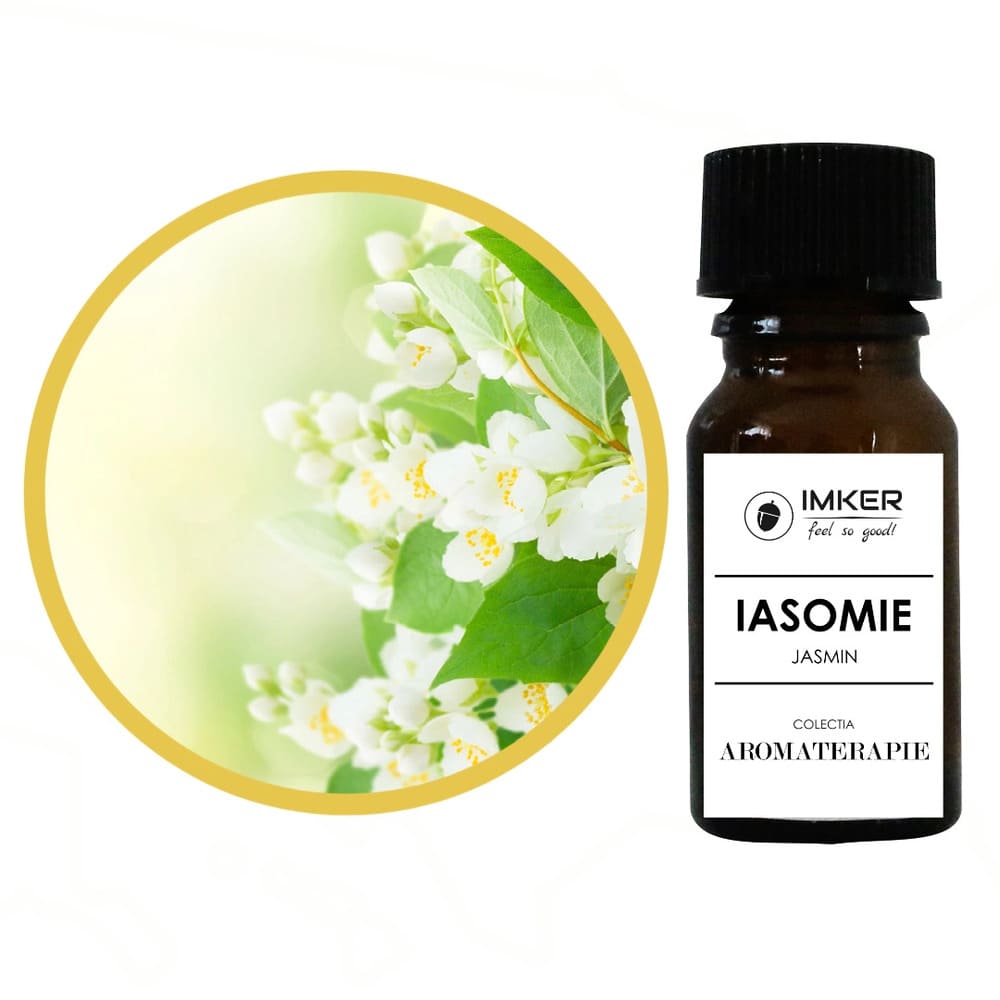
6. Ylang-ylang
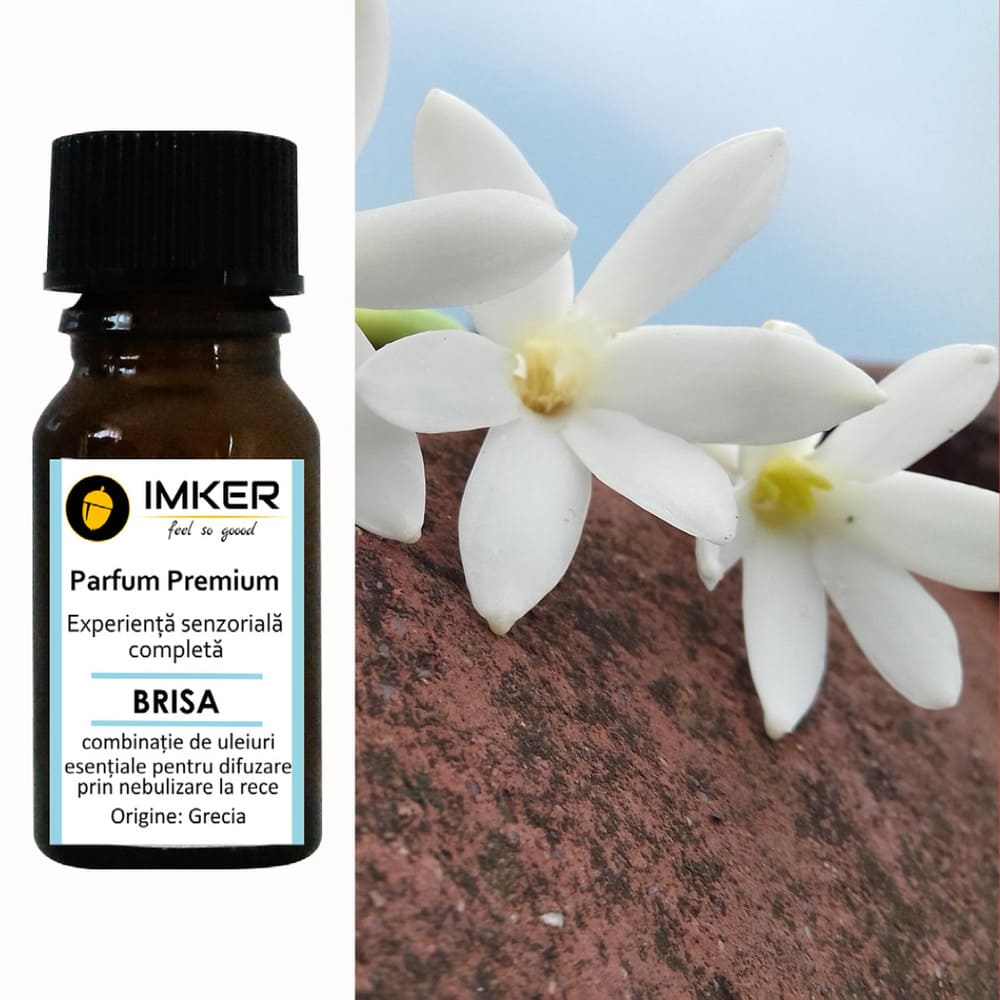
7. Patchouli
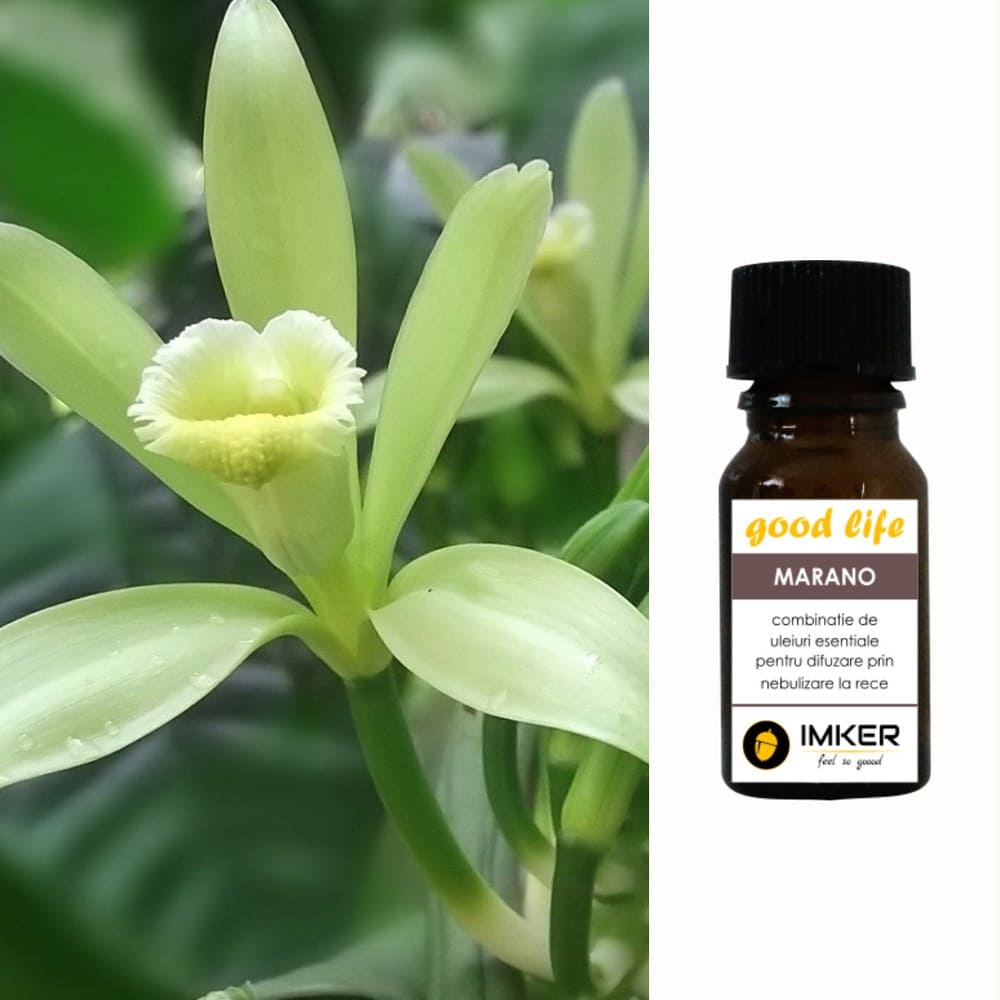
8. Vanilla
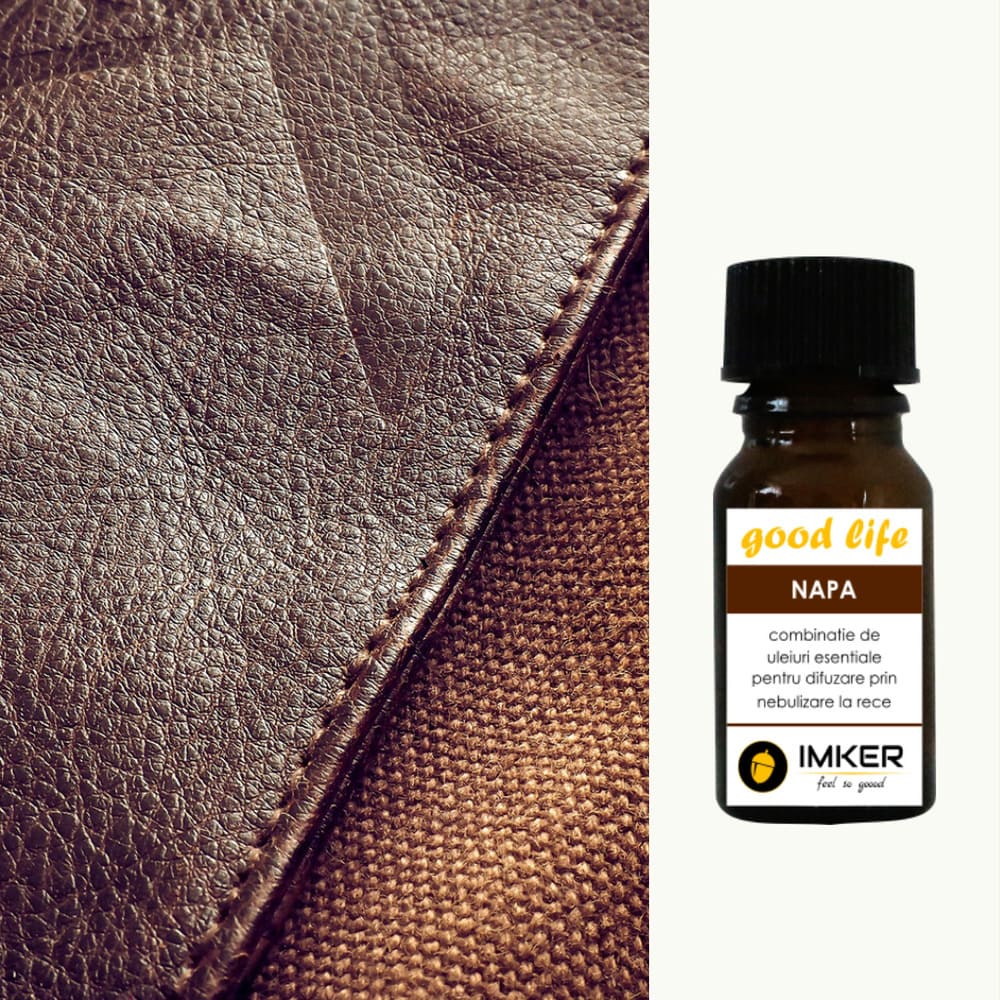
9. Sandalwood
An interesting fact is that SHUMUKH, the most expensive perfume in the world, highlights notes of sandalwood, along with amber, Indian agarwood, musk, Turkish rose, patchouli, ylang-ylang, and incense, all rare and most precious ingredients. good quality.

10. Musk
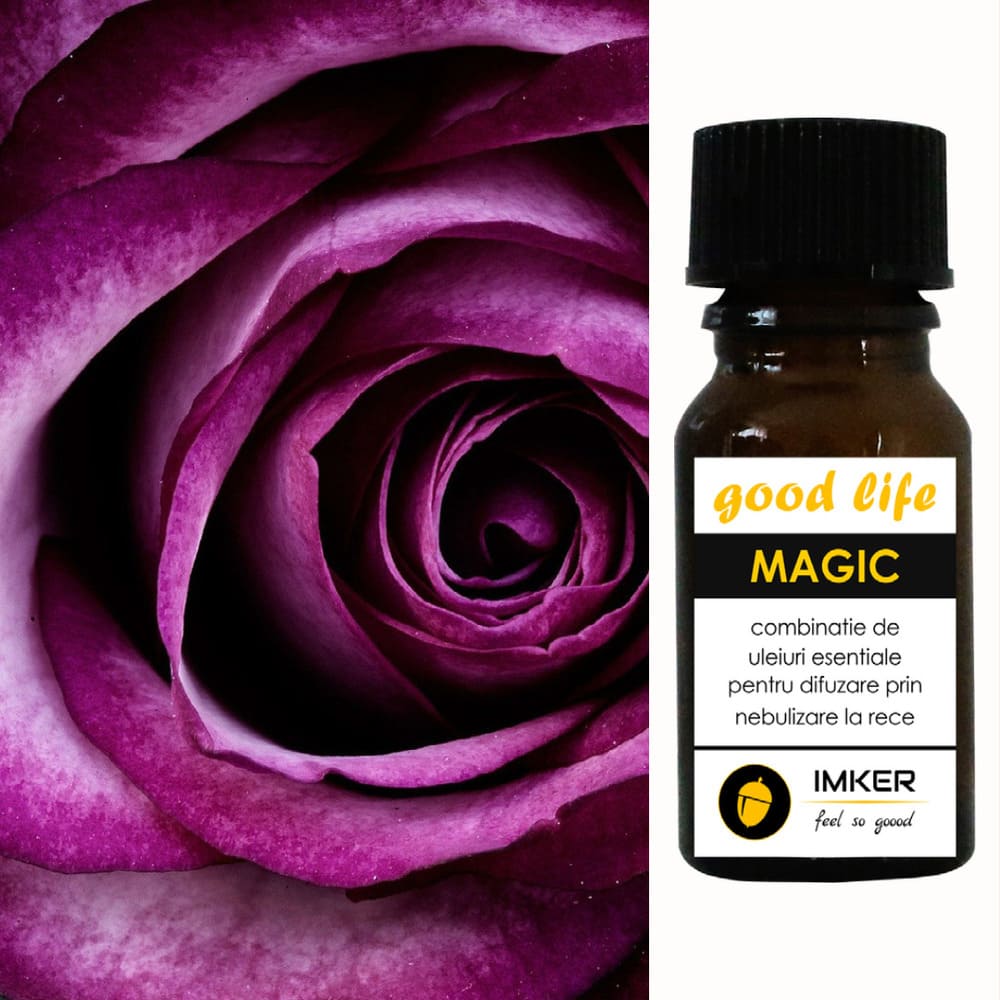
Now that you have wandered through the more than interesting history of perfumes and discovered the most used essences and the ways in which they have marked the evolution of perfumes, surely you have come to the conclusion that the biology of the sense of smell has been experienced since ancient times, since the beginning of mankind. And as the fascination for essences and beauty is understandable, the IMKER online store awaits you with special perfumes from essential oils, but also with professional perfume diffusers ready to transform your home into a fragrant place!

